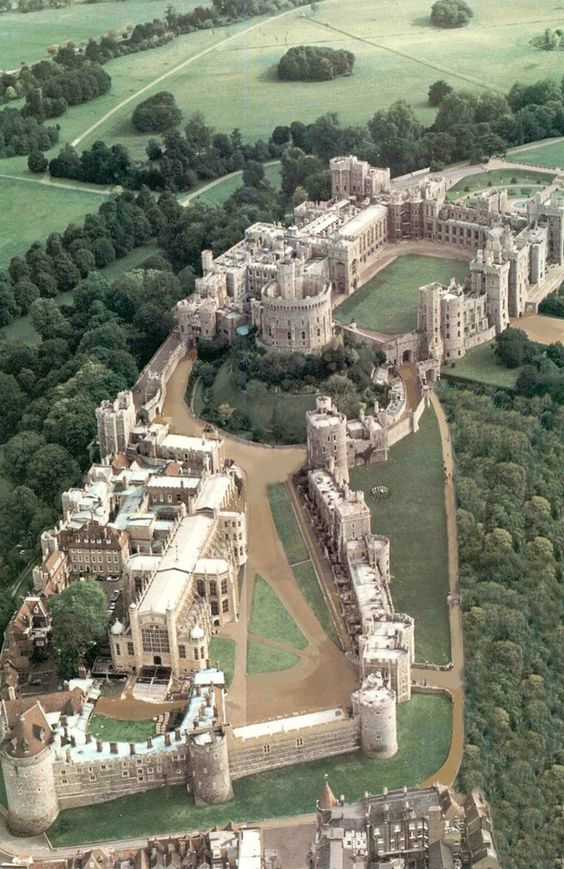Nestled in the heart of Dublin, Ireland, Dublin Castle stands as a majestic symbol of the city’s rich history and cultural heritage. This iconic landmark, with its blend of architectural styles and historical significance, offers a fascinating glimpse into Ireland’s past and present. From its medieval origins to its role in modern-day state functions, Dublin Castle is a must-visit destination for history enthusiasts and cultural explorers alike.
A Journey Through Time
Dublin Castle’s origins trace back to the early 13th century, when it was constructed on the site of a Viking settlement. The original purpose of the castle was to serve as a defensive fortification, but over the centuries, it evolved into a prominent symbol of British power and administration in Ireland. The medieval fortress, built under the reign of King John of England, was an imposing structure designed to assert control over the region. Today, the surviving Record Tower is a poignant reminder of this early period, offering visitors a rare glimpse into the castle’s medieval past.
Architectural Evolution
The architecture of Dublin Castle reflects its complex history. The medieval core of the castle, including the Record Tower and the Upper Yard, is complemented by later additions that showcase various architectural styles. In the 18th century, during the Georgian era, significant renovations transformed the castle into a stately residence, complete with elegant State Apartments and a Grand Ballroom. The Georgian design, characterized by its symmetry and classical proportions, contrasts beautifully with the medieval elements, creating a unique and captivating historical tapestry.
One of the most striking features of Dublin Castle is the Chapel Royal, a Gothic Revival masterpiece completed in the early 19th century. This stunning chapel, with its intricate stonework and vibrant stained glass windows, serves as a testament to the architectural experimentation of the period. The chapel’s grandeur and serene ambiance provide a striking contrast to the more austere medieval structures.
A Hub of Historic Events
Dublin Castle has played a central role in Irish history, serving as the seat of British rule and later as a symbol of the Irish state. One of the most pivotal moments in the castle’s history occurred in 1921 when the Anglo-Irish Treaty was signed in its State Apartments. This treaty marked the beginning of Irish independence, making Dublin Castle a focal point in the narrative of Ireland’s journey to sovereignty.
In addition to its historical significance, Dublin Castle continues to function as a key venue for state functions and ceremonial events. The castle’s opulent State Apartments and the historic Gothic Revival Chapel Royal are often used for official receptions, banquets, and cultural events, bridging the gap between Ireland’s rich past and its vibrant present.
Exploring the Castle
Visitors to Dublin Castle can explore a variety of exhibits and guided tours that illuminate its historical and architectural significance. The State Apartments offer a glimpse into the grandeur of Georgian design, while the medieval Record Tower provides insight into the castle’s early history. The castle grounds also feature beautiful gardens and courtyards, perfect for a leisurely stroll.
The castle’s visitor center provides additional context with informative displays and multimedia presentations, making it an ideal starting point for anyone looking to understand the broader historical and cultural implications of this iconic landmark.
A Cultural and Historical Treasure
Dublin Castle stands as a testament to Ireland’s rich and varied history, offering visitors a unique opportunity to explore its architectural splendor and historical significance. Whether you are interested in medieval fortifications, Georgian elegance, or modern-day ceremonial events, Dublin Castle provides a captivating and educational experience that highlights the enduring legacy of one of Ireland’s most important landmarks.


